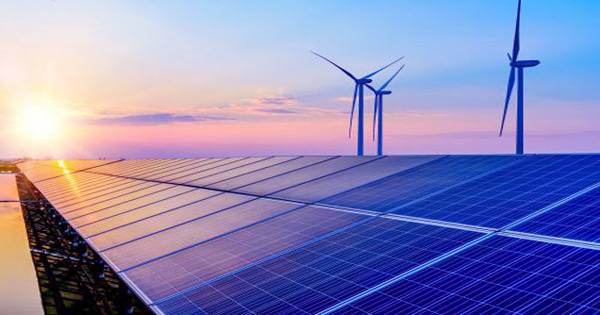Two new records were announced last Thursday for Perovskite-silicon solar cell efficiency. The news didn’t get much attention, probably because solar power records are breaking so fast that no one avoids it. The perfect pace of progress in the solar sector obscures the rate of change that is not being noticed by anyone,
leading to a lack of recognition of how rapid energy production can change.
Perovskite cells have almost unlimited possibilities but still face a few challenges. Tandem cells, where the perovskite layer contains blue light and silicon long wavelengths can be bridges. Silicon cells dominate the solar industry, but their dramatic fall in prices means the high temperatures needed to produce them
cannot last forever. “Adding a layer of perovskite crystals on top of tendered silicon is a great way to increase its effectiveness,” Dr. Yeh Howe of the University of Toronto said in a statement. “However, the current industry standard is based on wafers which were not designed with this method in mind”.
The Hou’s tandem cell achieved 25.7 percent efficiency and retained almost all of them after prolonged exposure to temperatures up to 85ºC (185ºF). Others have smoothed silicone, adding cost, thickening Hugh Peroskite so that it can pass over silicone barriers. In a press release, Howe announced that the Freunhofer Institute for Solar Research has validated the method by providing an independent verification of the claims of solar engineers.
Improvements were made by looking for ways to combine iodine, bromine, and chlorine in the perovskite lattice for more photon capture. Atomic size differences in this case effectively prevented more than two of the previous cells from being
used at once. The same edition also included a paper report on another silicon- perovskite tandem cell, this time with 27 percent efficiency. This value has not yet been independently verified and cells have only been tested at 60ºC (140ºF) so
that it may not be as strong as Hou’s version.
These papers are just the cutting edge of a solar waterlogging. The same week we saw the announcement of at least three more production strategies designed to enhance the efficiency of sunlight capture. Both do not claim to be quite efficient in the declaration of science, but all are better than the current industry range of 15-21 percent. One of these technologies returns some photons that initially go through the chamber to recapture and are released into the market in a new way without getting stuck in the laboratory stage. The other uses thinner films that allow the cells to attach to the curved surface. The third avoids costly measures of existing solar production. None of these can transform on their own, but the combination can make the solar invincible.
















